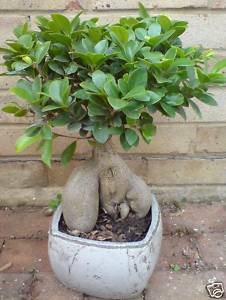
In looking back over the many articles I have written over the years on this blog, I have to say that my interest has been largely directed at Lawns and Vegetables. How remiss of me to ignore to a large extent that area of gardening which is the crowning glory of any garden - I mean growing and viewing and smelling FLOWERS - one of God's greatest gifts.
This year, I will try to make up for that lack by spending more time looking at flowers in the garden, and there really is no better place to start than with my favourite flower - the ubiquitous Rose!
It's true.....No garden is complete without roses. There are so many kinds and classes that varieties may be found for almost any purpose, from climbing or pillar roses to highly fragrant teas, great hybrid perpetuals, free-blooming bedders, and good foliage subjects for the shrubbery.
Roses are essentially flower-garden subjects rather than lawn subjects,
since flowers are their chief beauty. Yet the foliage of many of the
highly developed roses is good and attractive when the plants are well
grown.
To secure the best results with roses, they should be placed in a
bed by themselves, where they can be tilled and pruned and well taken
care of. Ordinary garden roses should rarely be grown in mixed borders
of shrubbery and it is usually advisable also to make beds of one variety rather than to mix them with several varieties.
If you want to have roses in mixed shrubbery borders, then you will do well to choose the single and informal types. The best of all these is "Rosa rugosa."

This has not only attractive flowers through the greater part of the season, but it also has very interesting foliage and a striking appearance. The great profusion of bristles and spines gives it an individual and strong character. Even without the flowers, it adds character to a foliage mass.

The foliage is not attacked by insects or fungi, but remains green and glossy throughout the year. The fruit is also very large and showy, and persists on bushes
well through the winter.

Some of the wild roses are also very excellent
for mixing into foliage masses, but, as a rule, their foliage
characteristics are rather weak, and they are liable to be attacked
by thrips.



